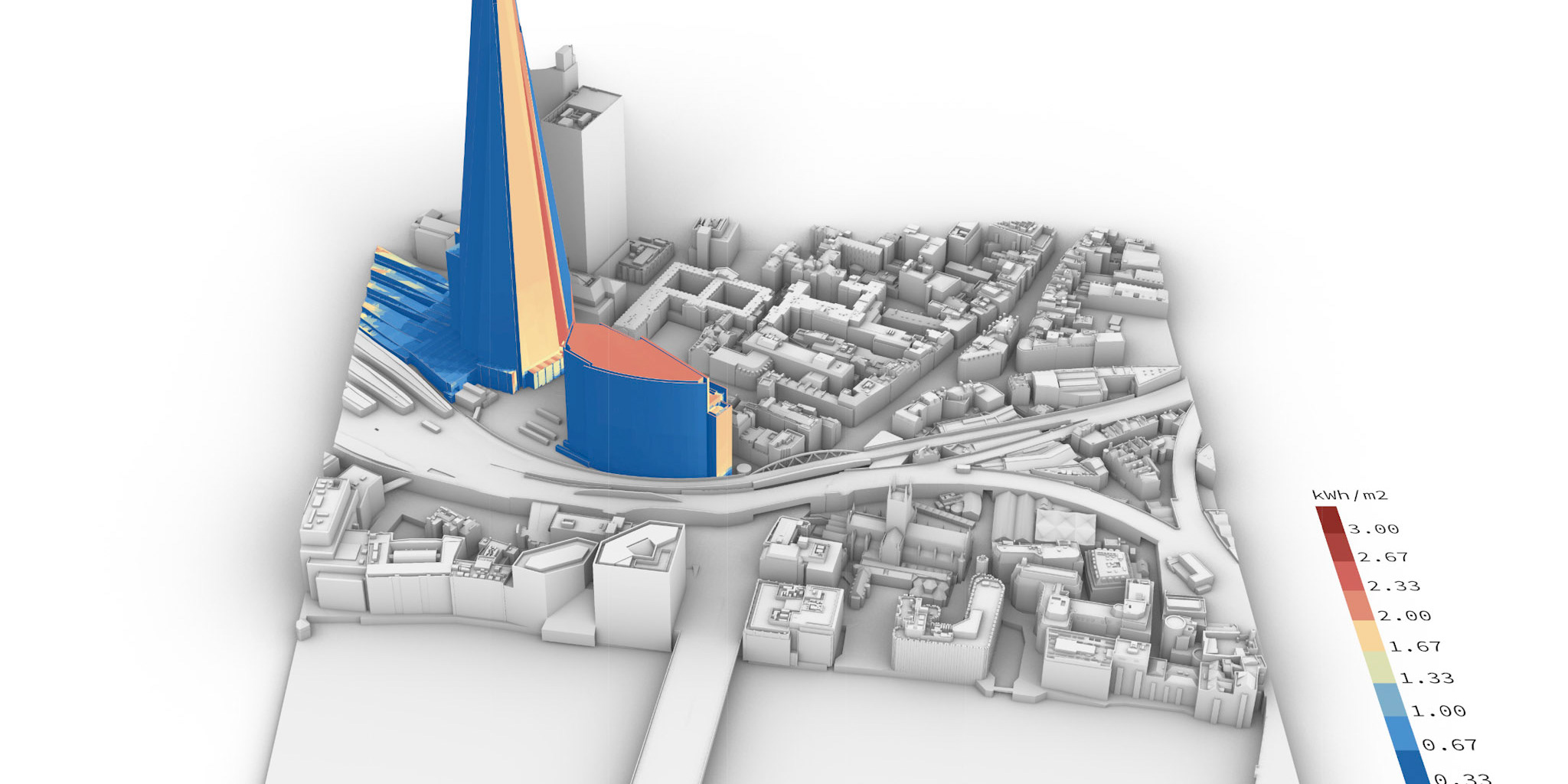



Overheating in buildings is commonplace, even in temperate regions like northern Europe. However, increasing our dependency on air-conditioning in response to increasingly hot summers, dumps more heat into our cities at the hottest time, further raising urban air temperatures and demand for more cooling. There are better ways to keep cool, while reducing carbon emissions and running costs. Natural Cooling exists to support a design-based approach to addressing the risk of overheating in different climates & locations in the world. Our book ‘The Architecture of Natural Cooling’ explains the design principles and opportunities, performance prediction and analysis, and refers to detailed case studies. Optivent 2.1 is an early design stage tool for designers to test the feasibility of different convective cooling options. We also offer workshops for practitioners and students to support the application of these principles and tools.
Overheating in buildings is commonplace, even in temperate regions like northern Europe. However, increasing our dependency on air-conditioning in response to increasingly hot summers, dumps more heat into our cities at the hottest time, further raising urban air temperatures and demand for more cooling. There are better ways to keep cool, while reducing carbon emissions and running costs. Natural Cooling exists to support a design-based approach to addressing the risk of overheating in different climates & locations in the world. Our book ‘The Architecture of Natural Cooling’ explains the design principles and opportunities, performance prediction and analysis, and refers to detailed case studies. Optivent 2.1 is an early design stage tool for designers to test the feasibility of different convective cooling options. We also offer workshops for practitioners and students to support the application of these principles and tools.



